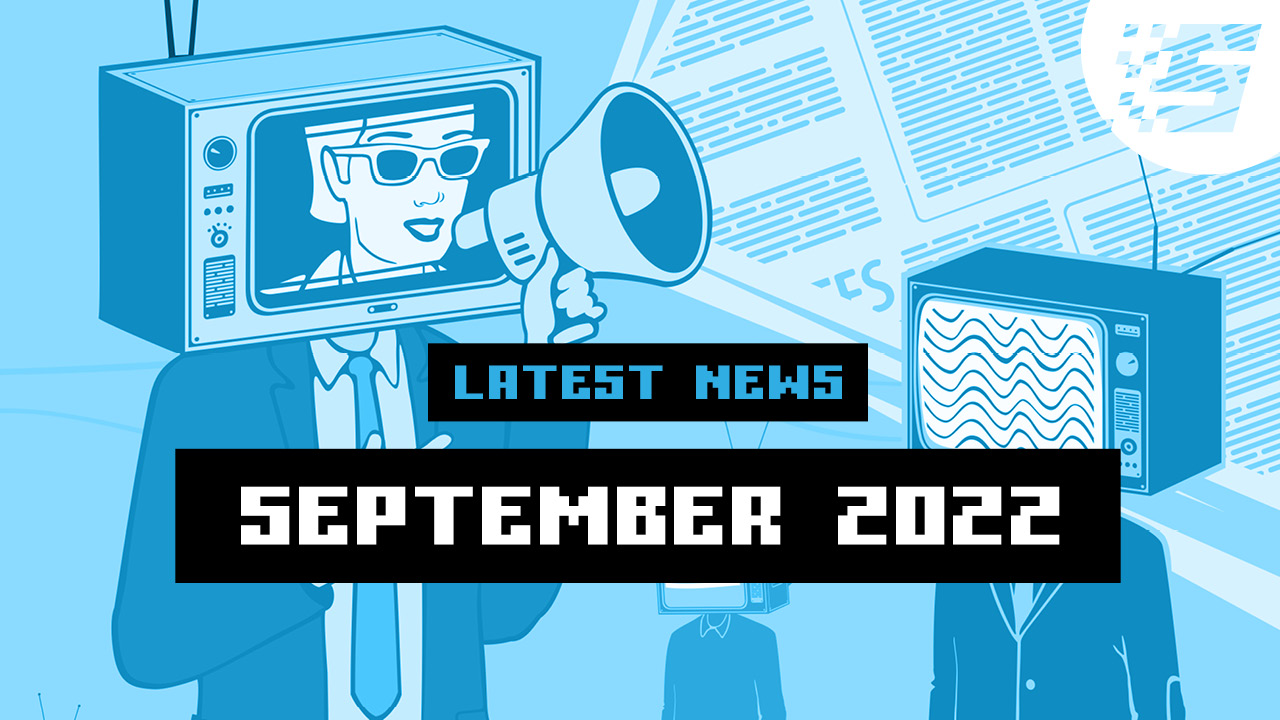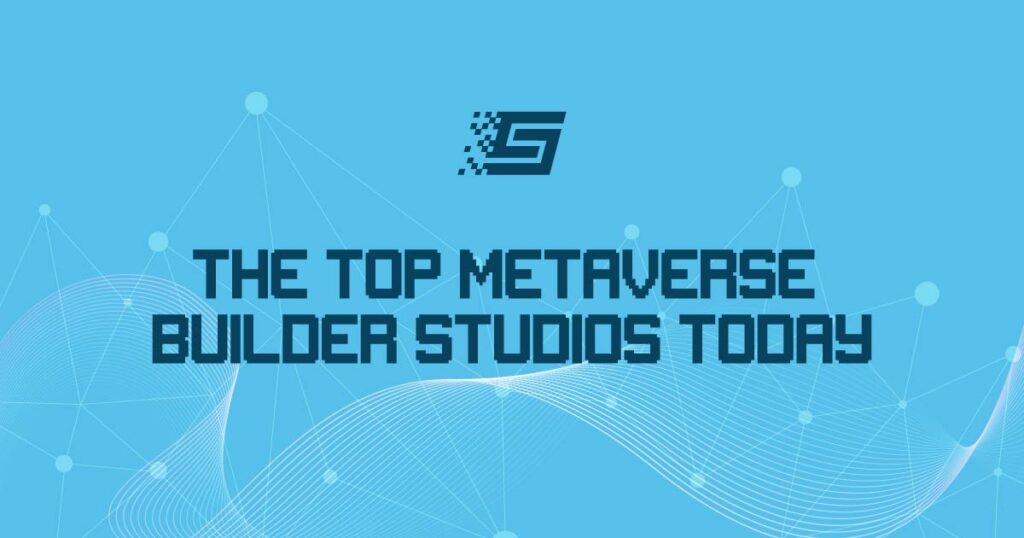
The Latest News You Need To Know About The Metaverse – September 2022
Few people will agree on what the metaverse is, but that’s not stopping a coalition of big names in the tech industry from designing the tools needed to build it. Despite there being no clear definition for “the metaverse”, companies are cooperating to make it interoperable. But what are they actually doing?
If you’ve never heard of Khronos Group, that’s almost by design. The nonprofit organization, along with its 150-plus member companies, manage and develop open standards that exist under a lot of technology people regularly use today, such as OpenGL, Vulkan, and a bunch of other tools that the video games you play will use in the background.
“A truly successful standard becomes so ubiquitous that you forget that it’s actually a standard at all”, Khronos president Neil Trevett said. That’s been the goal for the standards that the group has developed in gaming and other fields like extended reality (XR), machine learning (ML), and 3D design, so it makes sense that they want to get involved in the metaverse. Khronos has announced a new collaborative body called the Metaverse Standards Forum (MSF), not a new standards organization but rather a “venue for cooperation” between existing standards organizations and companies, which will help develop new tools for the metaverse.
So What Exactly Is The Metaverse?
Tech companies and evangelists think the metaverse will be a futuristic virtual world that we will spend our lives in, playing, shopping, and socializing. It’s a fanciful idea that makes for a good narrative, but the software is not built on narratives; someone actually has to make the thing.
“I hope that having an open, inclusive metaverse will mean we don’t end up in a dystopian nightmare”, Trevett said.
The Metaverse Standards Forum is aiming at what Trevett refers to as “connectivity and spatial computing”: the connection and interaction between real-world objects and virtual worlds. This includes everything from technology like digital twins and industrial environments that mirror the real world, used to study or test the things that would be impractical to test in real life.
Whether video games like Fortnite count as the metaverse is a debate that may never be settled. What’s more tangible is that video games need to work with complex data such as 3D models, physics simulations, and animations, which can’t be transferred from one app to another as easily as a simple image can be. And video game worlds are used for a lot more than just games.
Instead of focusing on what the metaverse means in a future-prediction kind of way, the Metaverse Standards Forum has been designed to focus on the building blocks of what the developers of today need.
What Virtual Worlds Need
When designing virtual worlds, especially those that are meant to interact with the real one, dealing with huge amounts of data will be inevitable. Every object or character in a video game is made up of geometry data – that is, the shape of the object, physics traits like weight and mass, textures, sounds, behaviors, animations, and much more.
The Khronos Group hopes that MSF’s standards will make much of that data as easily interoperable as a JPEG is today. JPEGs are so easily transferable and widely supported that no amount of cryptography can stop somebody from right-clicking and saving one. For comparison, 3D objects generally don’t even know which way is up. Try to move an object from one game engine to another, and if you can import it at all, it may come in broken.
This is where one of Khronos’ projects, glTF, aims to help. The open standard, released in 2015, competes with other 3D formats such as OBJ and FBX files. Allegorically, you can think of OBJ as the same as old BMP files; technically, pictures, but the format is very limited, inefficient, and a bit clunky. Meanwhile, FBX is kind of like PSDs: they’re more powerful, but it’s a proprietary format that’s owned by a single company.
In this metaphor, glTF would be a bit like the JPEG of the 3D world, or at least Khronos hopes it will be. A part of what made the JPEG format so crucial is that it was an open standard, lightweight and useful enough to earn widespread adoption. glTF may become just as popular, but it could just end up becoming another item to go with the long list of file types that you can import into Blender but never use.
The need for interoperability will always exist, if only in the form of a check on proprietary technology. “If there is a big lag between technology that is becoming available and the standard that makes it openly available”, Trevett says, “then there’s a danger that proprietary technologies are going to be baked into the infrastructure of the metaverse, and I don’t think anybody really wants that. But, if there’s no standard available, then you don’t have a choice”.
The idea of a fantasy virtual world, no matter how impractical or undesirable, is more exciting than to sit people down and explain the importance of interoperable, nonproprietary data exchange formats. A wide array of exciting tech, ranging from virtual film productions to photogrammetry and augmented reality, is changing how we interact with the internet.
Will it become a collection of disparate industries doing a lot of cool stuff but not actually coalescing into a singular fantasy world? It’s hard to say. No matter what it ends up being in the future, someone has got to build it.


